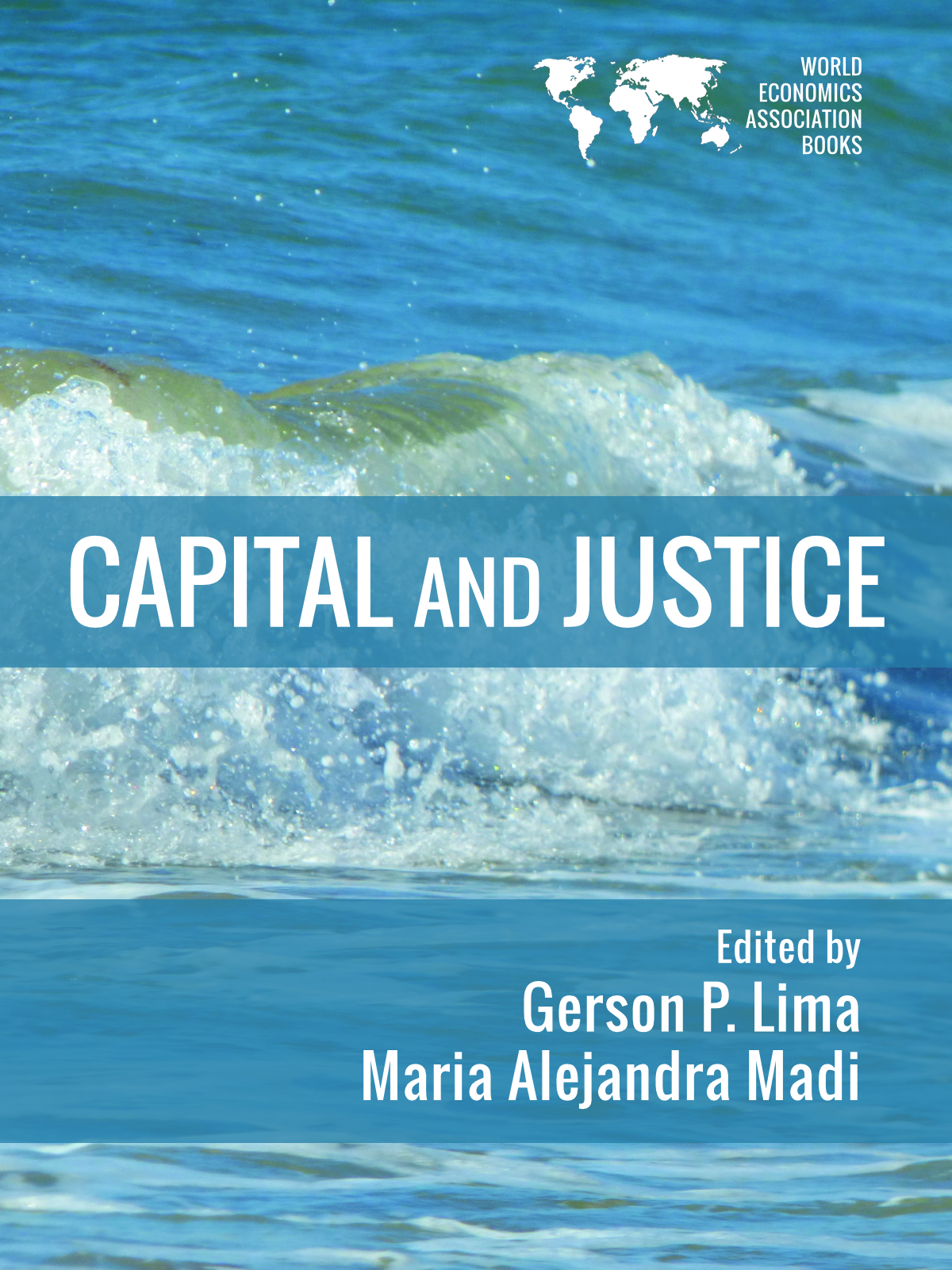The Other Half of Macroeconomics and Three Stages of Economic Development
Richard C. Koo
Nomura Research Institute
Please cite the paper as:
Richard C. Koo, (2016), The Other Half of Macroeconomics and Three Stages of Economic Development, World Economics Association (WEA) Conferences, No. 1 2016, Capital Accumulation, Production and Employment:, 15th May to 15th July 2016

This paper has been included in the publication
“Capital and Justice”
Abstract
The discipline of macro-economics, which was started in the late 1940s, covered in its short history only half of the total phases an actual economy may encounter. The overlooked other-half, however, contained many key determinants of economic growth that have been either taken for granted or conveniently assumed away in traditional economics. Considering this background, the purpose of this paper is to elucidate what was missing in economics all along and what changes are needed to make the profession relevant for the society again. In order to understand how we got from the centuries of economic stagnation to where we are today where economic growth is taken for granted, we need to review certain basic facts about the economy and how it operates.
I think the author don’t really know how banking work. There’s no need for savers for a bank to lend out money. See here: Werner, R.A., A lost century in economics: Three theories of banking and the conclusive evidence, International Review of Financial Analysis (2015) http://www.sciencedirect.com/science/article/pii/S1057521915001477
The crisis arise because bankers don’t know how to account properly for money creation, here:
Cash Flow Accounting in Banks— A study of practice, Ásgeir B. Torfason, University of Gothenburg, 2014
https://gupea.ub.gu.se/handle/2077/35272
Thanks for these very revealing references. Here is another which might be of interest: Moini, Mostafa (2001) Toward a General Theory of Credit and Money – https://is.muni.cz/el/1456/podzim2007/PETMI/Moini__2001_.pdf
The proper way to examine the macroeconomics or the social system of a country is to cover all the possible ways by which money is exchanged for goods, services, access rights, tax payments, valuable legal documents etc. When the balance of the value of the goods etc., is made against quantity of money (both of which are flow rates), is formally stated for all of the different kinds of role-playing entities in the social system, then it does not need an “Other Half”, because that has already been included, as taught by Henry Hazlitt in “Economics in One lesson”. This raises the question as to how many different kinds of role-players there are and how many different kinds of transactions do they perform? The answers to these questions are remarkably small in numbers of kinds and a suitable model for connecting them has only 6 entities and 19 kinds of exchanges, see Wikimedia, Commons, Macroeconomics: DiagFuncMacroSyst.pdf
I found your analysis very interesting. I am not so sure that there is a lack of borrowers: this can be true for new ventures, but, for ordinary business, credit creation is essential in order to postpone payments and get money sooner from consumers. Also public debt is unlikely to be repaid. In this sense, much of the debt in circulation (tables 1-2) will not be repaid but consolidated over longer periods or sold to central banks within Quantitative easing programs (in effect, by this means fresh money is injected “ex-nihilo” in the system).
Another related issue is the financialization of the firms and also of households. This has negative effects, as we know, but this is also due, in a vicious circle, to a structural lack of effective demand that makes it easier and more promising to invest in financial assets.
Table 1
Debt of General Government
as a Percentage of GDP
Nations Year 2012
Australia 56,3
Austria 85,2
Belgium 106,4
Canada 109,7
Chile 18,7
Czech Republic 55,7
Denmark 59,3
Estonia 13,2
Finland 64,5
France 109,3
Germany 88,5
Greece 164,2
Hungary 89,6
Iceland Na
Ireland 125,7
Israel 80,0
Italy 141,7
Japan 235,8
Korea 37,5
Luxembourg 30,1
Mexico Na
Netherlands 82,7
Norway 34,7
Poland 62,3
Portugal 127,8
Slovak Republic 56,8
Slovenia 61,4
Spain 92,8
Sweden 48,8
Switzerland 46,1
(2011)
Turkey 46,3
United Kingdom 101,5
United States 123,0
Source: Based on data from “Financial Indicators – Stocks” http://stats.oecd.org/Index.aspx?DataSetCode=FIN_IND_FBS
in OECD.StatExtracts http://stats.oecd.org/
Table 2
Private Sector Debt
as a Percentage of GDP
Nations Year 2011
Australia 184,4
Austria 179,5
Belgium 251,8
Canada 233,7
Chile 166,4
Czech Republic 147,0
Denmark 261,1
Estonia 166,6
Finland 207,4
France 221,9
Germany 159,5
Greece 142,7
Hungary 219,5
Iceland Na
Ireland 411,6
Israel 132,0
Italy 188,5
Japan 243,0
Korea 251,3
Luxembourg 451,5
Mexico Na
Netherlands 252,2
Norway 254,8
Poland 119,6
Portugal 331,0
Slovak Republic 113,9
Slovenia 176,4
Spain 279,8
Sweden 295,2
Switzerland 221,4
Turkey Na
United Kingdom 204,2
United States 198,7
Source: Based on data from “Financial Indicators – Stocks” http://stats.oecd.org/Index.aspx?DataSetCode=FIN_IND_FBS
in OECD.StatExtracts http://stats.oecd.org/
This article on the cyclicity of economic development, opportunities of anti-cyclical inverstment and `limited visibility of the whole cake` contains a lot of wisdom and macro-prudence, especially for European policy-makers (repetition ! of economic history). The direct relationship between liberal arts education (`viewing the whole cake`), innovators/entrepreneurs (`new opportunity creators’) and the tax environment (`reducing opportunity cost`) is very well explained. Concerning the private/public debt interplay, the least bad solution (peaceful status quo, with a lot of `medical patience`and balance sheet state-market-planning) is offered. In any case, this is a wise feedback from empirical practice, advising non-violent `strategic economic survival` .